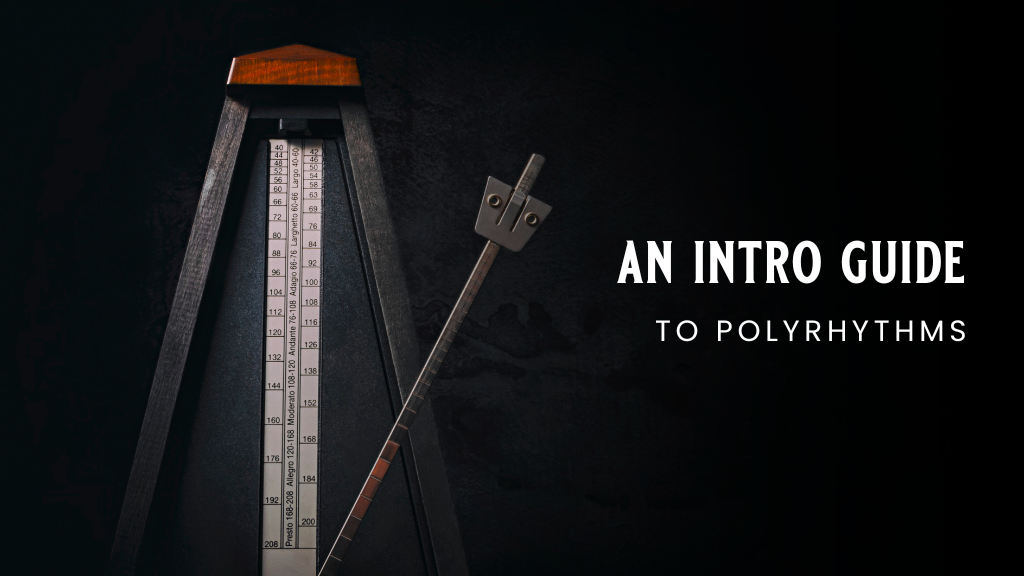An Intro Guide to Polyrhythms
Tying Meters Together
Polyrhythms, a fascinating and intricate element of music theory, have captivated musicians and listeners alike with their complex and layered sounds. Let's dive into an introductory exploration of this compelling musical concept.
What is a Polyrhythm?
Polyrhythms occur when two or more rhythms that do not obviously derive from one another are played simultaneously. These rhythmic layers may form the basis of an entire piece or just a section. In essence, a polyrhythm is a combination of at least two different rhythms, each with its own independent succession of musical events, performed at the same time and tempo.
Understanding Subdivisions in Polyrhythms
To grasp polyrhythms, it's essential to understand subdivisions within a measure of music. Subdivisions are when notes shorter than a full note are used to break a single beat into equally-sized segments. For instance, in a standard 4/4 time signature, a quarter note can be subdivided into two eighth notes.
The Sound of Polyrhythms
Imagine a piano player writing a piece in 3/4 time, wanting to play bass notes in triplets with the right hand and brighter chords in quarter notes with the left. Instead of choosing one rhythm over the other, the player superimposes one rhythm over the other. This interplay creates a unique effect where the rhythms eclipse in and out of unison at different points per beat.
Common Polyrhythms: 4:3 and Beyond
A well-known example of a polyrhythm is the "four over three," or 4:3 polyrhythm. This specific pattern creates a distinctive rhythmic interplay. In polyrhythm notation, the second number typically reflects the beats per measure, indicating what's in conflict with the expected rhythm. For instance, a 7:8 polyrhythm implies a time signature with eight beats per measure, with the 7 indicating the conflicting rhythm.
Polyrhythms in World Music
The use of polyrhythms is believed to have originated in African music, particularly in performances featuring extensive layers of percussion. This influence has spread worldwide, leading to the incorporation of polyrhythms in various genres, including jazz, progressive rock, metal, math rock, and Afro-Caribbean and Afro-Latino forms of music.
Experimenting with Polyrhythms in Your Music
The key to understanding and using polyrhythms in your music is experimentation. You can start with MIDI patterns programmed into your Digital Audio Workstation (DAW) to train your ear on how these rhythmic patterns interact. As you become more familiar with the basics, you can begin capturing these rhythms live, first recording individually to a metronome or layering the second rhythm over the first.
A Complex Convention
Polyrhythms, with their rich, complex sounds, offer a vast playground for musical creativity and exploration. Whether you're a budding musician or a seasoned pro, delving into the world of polyrhythms can open up new horizons in your musical journey.




